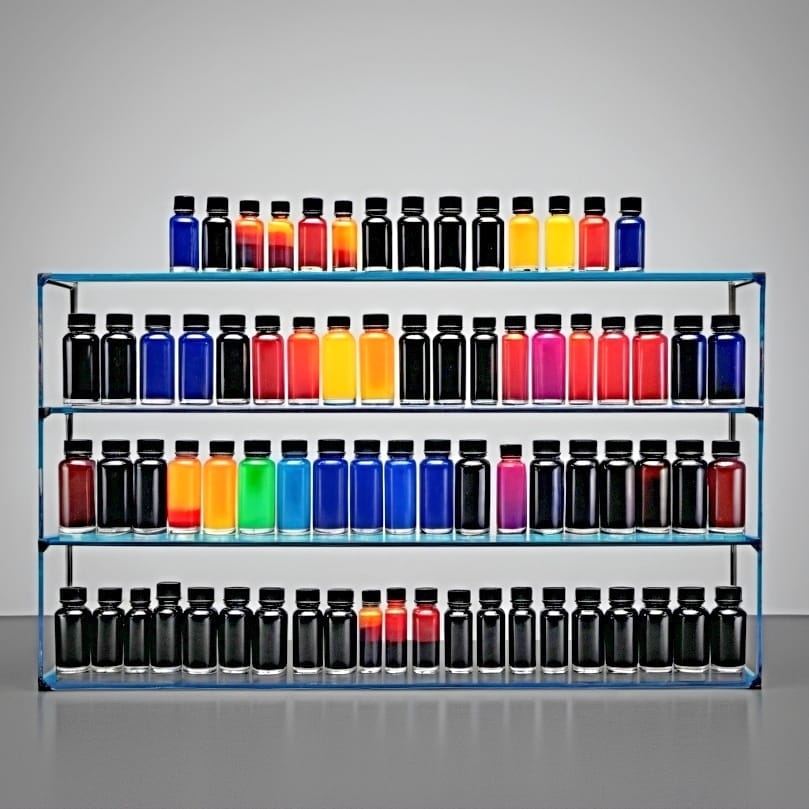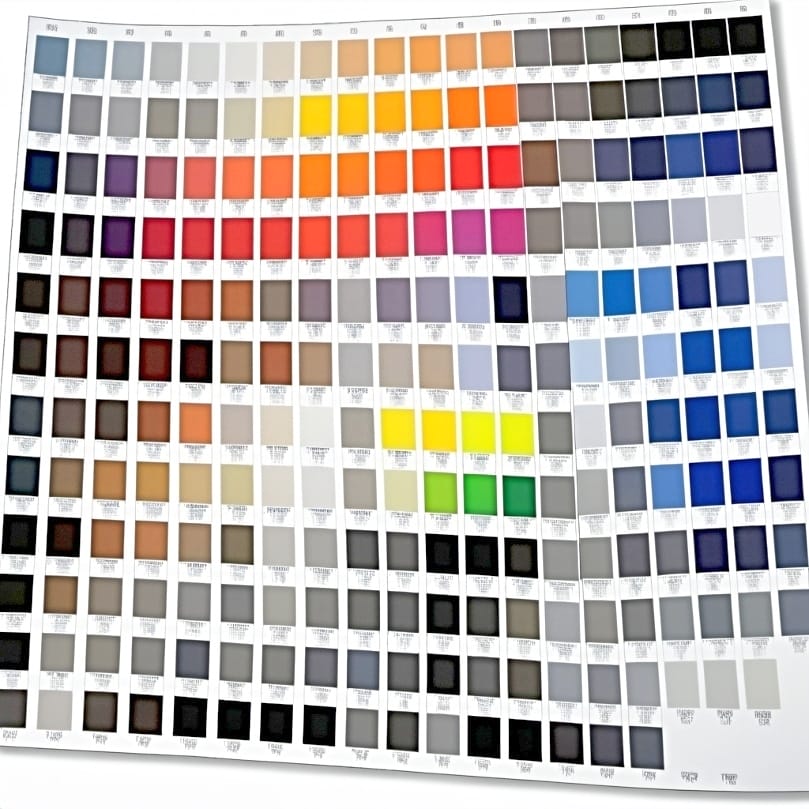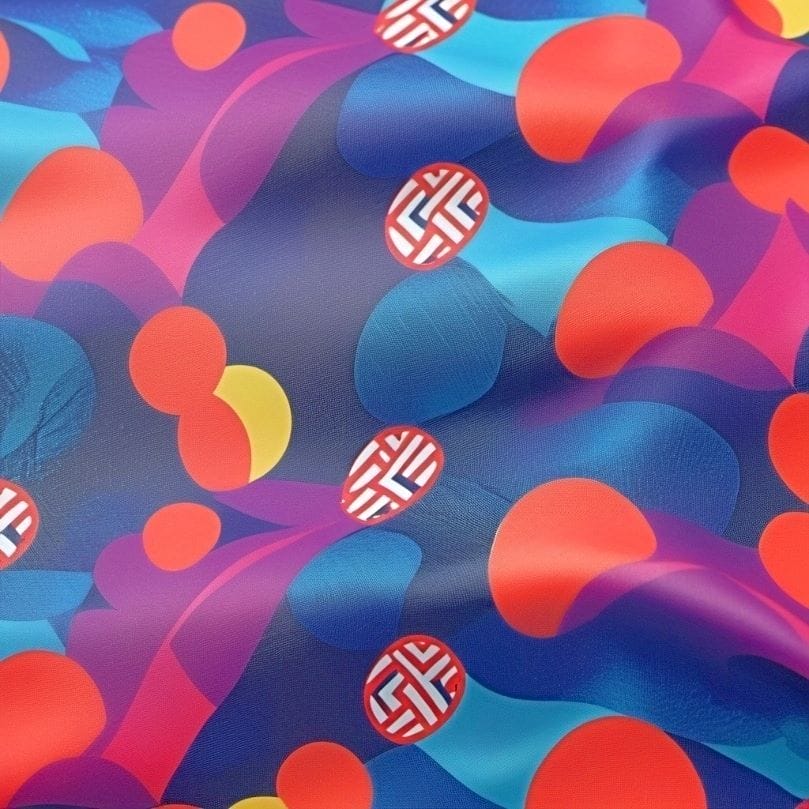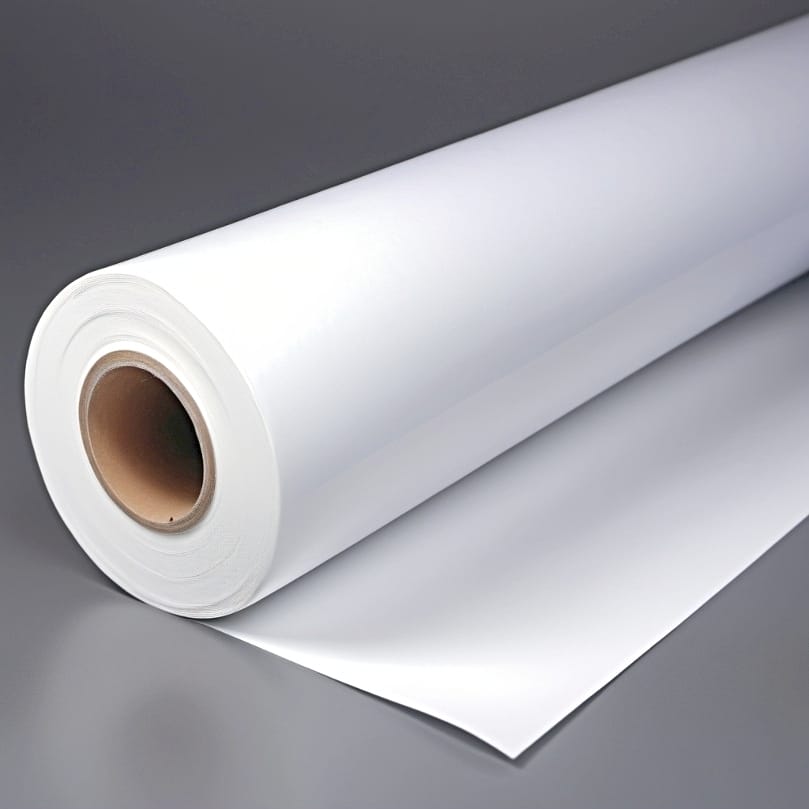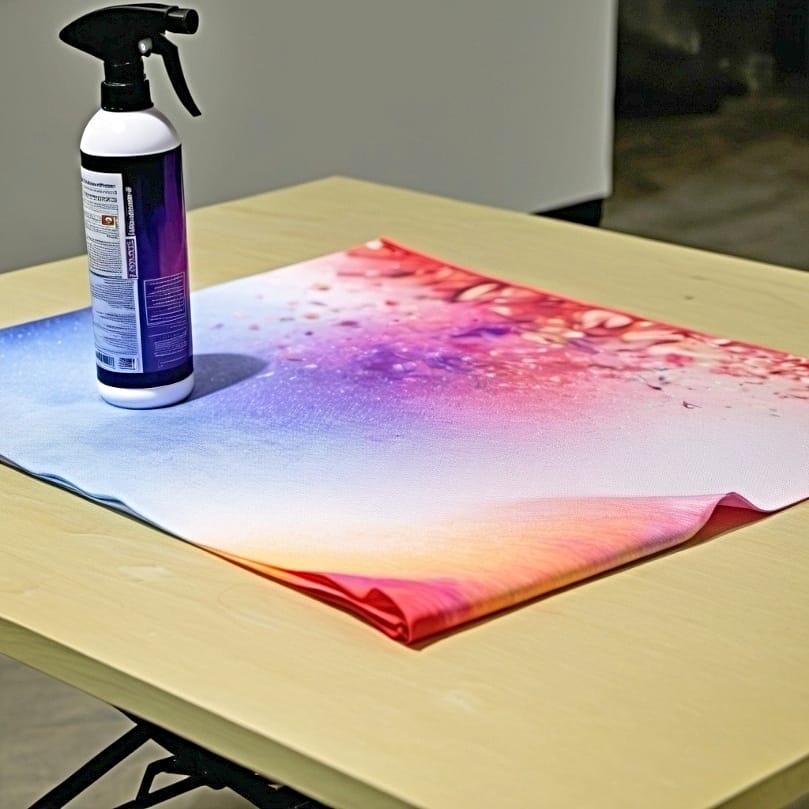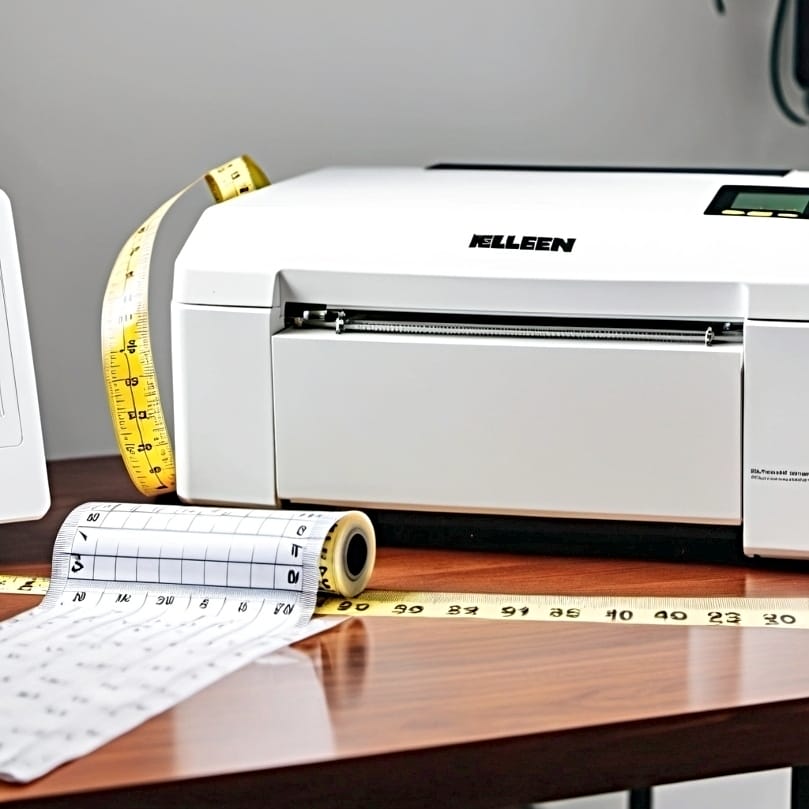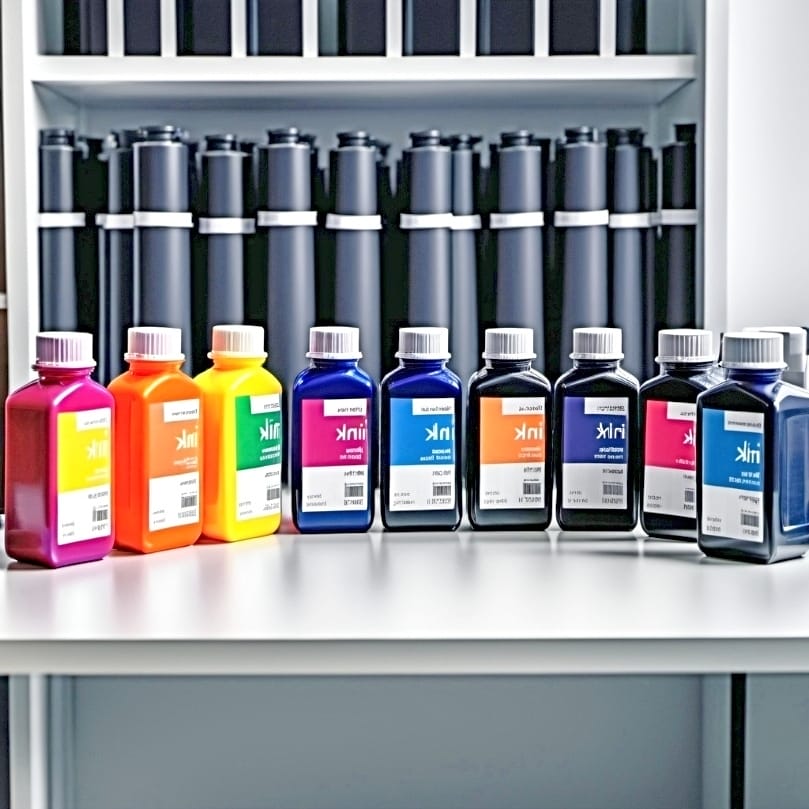Table of Contents
ToggleIf you’re using or considering sublimation ink for your printing needs, you’re likely wondering about its longevity—both in your cartridges and on your products. The simple answer to “how long does sublimation ink last” is that unopened sublimation ink can last 24-36 months stored properly, while once it’s in your printer, expect a usage window of about 6 months. As for your prints, their lifespan can vary depending on the material but typically ranges from 3 to 5 years for polyester fabrics to potentially a lifetime for items like ceramic mugs. Continue reading as we dive in to explore the key factors that influence how long sublimation ink lasts, offering insights to help ensure maximum durability of your prints!
Key Takeaways
- The lifespan of sublimation ink is determined by factors such as ink quality, storage conditions, and proper usage, with high-quality inks lasting up to 10 years when stored properly but reducing to around 6 months once they have been installed in a printer.
- Sublimation ink longevity varies based on the substrate, with up to 3-5 years on polyester fabrics, a potential lifetime duration on ceramic, and several years on paper, all contingent upon the use of quality materials and correct printing and handling procedures.
- Maintaining sublimation print quality requires regular printer maintenance, protection from sunlight, and selection of appropriate inks and printers, with issues like clogged print heads and fading colors commonly arising from neglecting these areas.[1]
Factors Affecting Sublimation Ink Lifespan

The lifespan of sublimation ink is not a fixed number but is influenced by several factors, including the brand, storage conditions, and proper usage. Some brands like Epson and Sawgrass boast a lifespan of up to 24-36 months, while others like Cosmos Sublimation Ink may last for only 10-12 months. How then do we optimize these factors for our prints’ longevity? Let’s investigate further.
Firstly, the quality of the ink plays a significant role in its lifespan. High-quality inks can last up to 10 years when stored correctly. But remember, once the ink is filled into the printer, its lifespan typically reduces to six months. Therefore, proper usage according to the manufacturer’s guidelines is crucial. With this in mind, we’ll delve deeper into these factors.
Ink Quality
Ink quality is a paramount factor in extending the longevity of sublimation prints. High-quality sublimation inks can have an impressive shelf life of up to 10 years, given that appropriate care and storage instructions are adhered to. Understanding this, it’s clear that investing in high-quality inks not only guarantees vibrant and detailed prints, but also ensures their longevity.
However, while the quality of the ink is crucial, it’s also important to remember that not all inks are created equal. Different brands offer varying levels of quality, and it’s essential to choose ones that meet your specific needs. Brands like Epson and Sawgrass are renowned for their high-quality sublimation inks, ensuring vibrant, long-lasting prints.[2]
Storage Conditions
Proper storage of sublimation ink is another critical factor in preserving its effectiveness and preventing degradation. Ideally, the ink should be stored at normal room temperatures, around 70 degrees Fahrenheit, away from direct sunlight, and high humidity levels to maintain its quality. Where then, should you store your valuable sublimation ink?
⫸ Click Here For Best Selling Sublimation Printers And Products ⫷The original packaging of the ink offers optimal protection. However, if that’s not available, air-tight plastic bottles can serve as an alternative storage solution. Remember, unopened sublimation inks can last up to 24-36 months, but once installed in printers, it is advised to use the ink within 6 months. This highlights the importance of proper storage conditions in preserving the lifespan of sublimation ink.
Proper Usage
Proper usage of sublimation ink is a crucial factor that directly impacts the lifespan of the printed fabrics. For instance, using the ink shortly after opening it is crucial to prevent degradation that could negatively affect the printer and the quality of prints. How, therefore, can we ensure the appropriate use of sublimation ink?
A significant part of this is adhering to the recommended printing process parameters and maintenance guidelines. Setting the appropriate temperature, pressure, and time during the transfer process is vital for vibrant and durable sublimation prints. Furthermore, executing test prints before commencing full production runs can help identify potential design, color, or transfer issues in sublimation printing.
How Long Does Sublimation Ink Last on Different Materials?
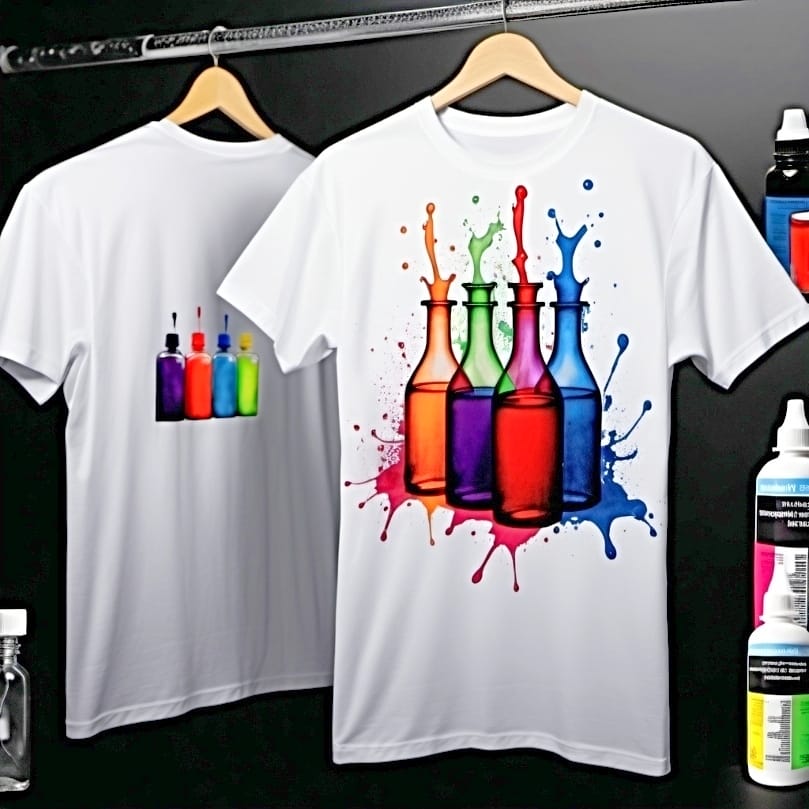
The lifespan of sublimation ink varies significantly with the substrate or material it is used on. On polyester fabrics, sublimation ink can impressively last from 3 to 5 years. Meanwhile, on ceramic mugs, the ink forms a permanent bond that is highly resistant to fading, capable of lasting several years to a lifetime, depending on the care given to the item. How then, can we bolster the durability of sublimation ink on various materials?
The answer lies in the quality of the ink used, the substrate quality, and the printing technique applied. For instance, using high-quality sublimation blanks sourced from reputable distributors is key to ensuring the coatings on the products are reliable and conducive to optimal sublimation print quality and durability. Let’s delve deeper into the lifespan of sublimation ink on different materials.
Polyester Fabrics
Polyester fabric is a popular substrate for sublimation printing due to its excellent compatibility with sublimation ink. On this material, sublimation ink typically has a lifespan of up to 3-5 years. How can we further prolong this lifespan? The answer lies in the use of high-quality sublimation ink and the right sublimation technique. These factors can significantly extend the longevity of prints on polyester fabrics.
Additionally, proper maintenance, including care during wearing and washing, is crucial for maximizing the durability of sublimation ink on fabrics. Notably, sublimation prints on polyester fabrics are resistant to washing out and do not crack or peel easily, contributing to their overall durability.
Ceramic Mugs

Sublimation ink on ceramic mugs can endure several years up to a lifetime, depending on how they are used and taken care of. This resilience and longevity are prominent benefits of sublimation printing on ceramic mugs. How can we boost the durability of these prints?
Protecting the prints with a ceramic glaze or a UV-resistant spray coating can significantly extend the lifespan of the prints. These protective layers shield the prints from moisture and sunlight, preserving their vibrancy over time.
Paper Prints
The longevity of sublimation ink on paper prints significantly depends on several factors, such as:
- The type of paper
- The quality of the sublimation ink
- How the prints are handled
- Their exposure to light
With the right usage, sublimation ink can last for several years on paper without fading or discoloration, showcasing its long-term vibrancy. How can we boost the durability of these prints?
To reduce the risk of fading and extend the life of sublimation prints, it is recommended to use sublimation paper with pre-sublimated sheets and infusible inks. This ensures the ink is well-bonded to the paper, providing vibrant and durable prints.
Tips for Prolonging Sublimation Ink Lifespan
Achieving the full potential of sublimation ink’s lifespan is a result of a combination of factors. From the quality of the ink and the printer to the right storage conditions and proper usage, every detail contributes to the longevity and vibrancy of your sublimation prints. How can we ensure the perfect alignment of these factors to maximize our sublimation ink’s potential?
Following the right care and maintenance practices, protecting prints from sunlight, and choosing the right ink and printer are some of the key factors that can significantly extend the lifespan of sublimation ink. Let’s delve deeper into each of these factors.
Proper Care and Maintenance
Regular maintenance of your sublimation printer is vital to prevent issues such as ink clogging and to ensure consistent print quality. This includes regular use of the printer, prompt response to any signs of issues, and keeping the printer clean. How can we maintain the prints themselves?
Proper care of printed items is equally important. This includes:
- Gentle washing for garments
- Avoiding harsh chemicals for mugs
- Using preventive measures like thermal tapes or adhesive sprays to fix common sublimation issues such as ghosting and ensure substrate quality before printing
The combination of these practices can significantly extend the life of the sublimation ink and the prints.
Protecting Prints from Sunlight

Protecting your sublimation prints from sunlight is crucial to maintaining their vibrant colors. Exposure to UV light can degrade the chemical structure of sublimation ink, leading to fading.
What steps can we take to shield our prints from sunlight? Here are some suggestions:
- Use high-quality inks designed for UV resistance
- Apply UV-resistant coatings to the prints
- Adjust the position of sublimation products, such as placing them in a non-south facing direction
These measures can significantly help in protecting the prints from the damaging effects of UV light and increase their longevity.
Choosing the Right Ink and Printer
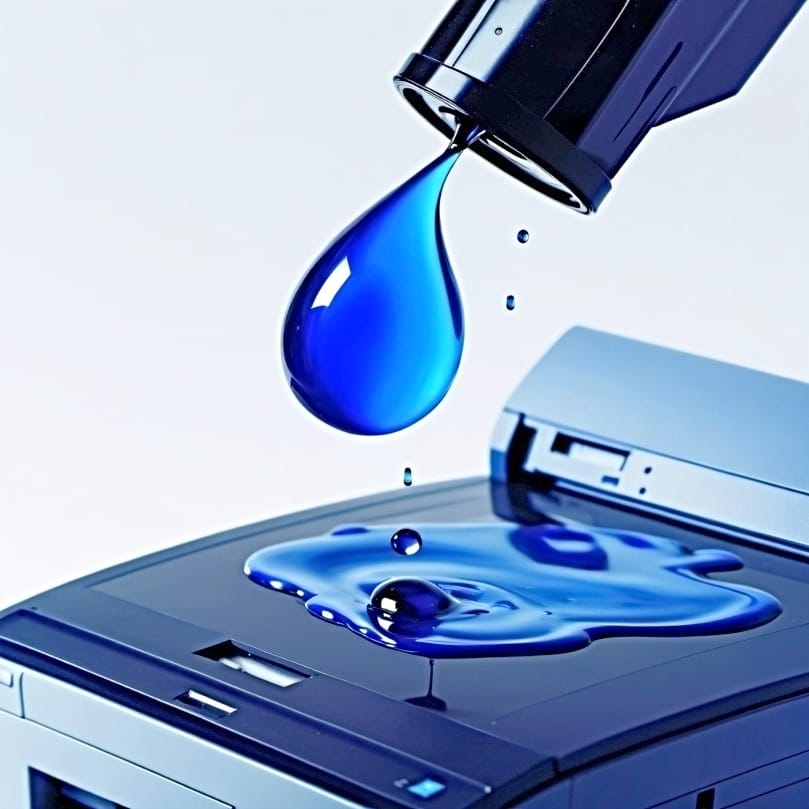
Choosing the right ink and printer is a crucial step that significantly impacts the longevity and vibrancy of your prints. High-quality sublimation inks and printers are essential for producing long-lasting and vibrant prints. What decisions should we make to ensure the best results?
Selecting versatile sublimation inks, including dye sublimation ink, and utilizing dye sublimation printers enhance the ability to print on diverse substrates with sublimation printers such as:
- polyester
- wood
- glass
- metal
Moreover, using manufacturer-recommended inks and consumables is crucial for the longevity and quality of sublimation prints and printers. The use of a high-quality dye sublimation printer, along with sublimation transfer paper, is also vital to achieve the desired vibrance and durability in prints.[3]
Troubleshooting Common Sublimation Ink Issues
Even with the best practices, you may encounter some common issues when using sublimation ink. These include fading, dull colors, or blurred images. Troubleshooting these issues is crucial for proper usage of sublimation ink and to achieve the best printing results.
Let’s explore some of these issues in detail.
Clogged Print Heads
Clogged print heads are a common issue that can affect the quality of your prints. This problem can result from improper storage of the ink, leading to clumping of dye particles. What measures can we take to prevent and address this problem?
Regular print head nozzle checks can reveal gaps or uneven lines in test prints, indicating clogged nozzles that need attention. If clogs are identified, they can be addressed using the following methods:
- Use the printer’s built-in cleaning function.
- Use a cleaning solution such as distilled water or a household cleaner like Windex.
- If these basic cleaning methods are not enough, consider using a head flush solution or professional printhead flushing.
Fading Colors
Fading colors is another common issue encountered in sublimation printing. This issue can occur due to UV light exposure or from the heat transfer process during washing. What measures can we undertake to tackle this issue?
Using high-quality inks designed for UV resistance is one way to reduce fading. Additionally, following the correct printing techniques, such as setting the appropriate temperature, pressure, and time during the transfer process, can help maintain the color vibrancy of your prints.
Inconsistent Print Quality
Inconsistent print quality is a common issue that can significantly impact the overall look and feel of your prints. This problem can arise from environmental factors like humidity and temperature variations, which can affect the sublimation ink transfer. What steps can we take to maintain consistent print quality?
Performing regular nozzle checks and following maintenance guidelines can help maintain consistent print quality. Ignoring these checks can result in uneven ink distribution, affecting the overall quality of the print. Regular maintenance is critical for consistent print quality; issues such as blocked nozzles can cause discoloration and fade.
Comparing Sublimation Ink to Other Printing Methods

Sublimation ink provides a balance of durability and high-quality vibrant prints, making it a preferred choice for long-lasting applications. How does it stack up against other printing methods such as screen printing and heat transfer? Let’s examine these comparisons.
Screen Printing
Screen printing is a popular printing method known for its vibrant designs, but it may not support complex, colorful designs such as photos well. Moreover, the durability of screen printed designs can be less reliable compared to sublimation, with inks that may crack and fade after repeated washes. How does screen printing stack up against sublimation printing when it comes to cost and environmental impact?
Screen printing is most cost-efficient for large-scale orders, contrasting with sublimation printing, which is adaptable to both small and large orders. However, in terms of eco-friendliness, screen printing is less eco-friendly due to the common use of toxic plastisol inks, although water-based inks offer a more eco-friendly alternative.
Heat Transfer
Heat transfer printing, another common method, works well on a variety of materials but may result in less durable prints that can crack or peel after repeated washing. On the other hand, sublimation ink integrates into the fabric, creating a durable and seamless print that feels like the rest of the fabric. How does heat transfer printing measure up to sublimation printing in terms of adaptability and quality?
Heat transfer printing is flexible, working on both cotton and polyester as well as light and dark-colored garments, and is convenient for small runs, which makes it accessible to small businesses and hobbyists. However, the quality of heat transfer prints can fluctuate based on the type of transfer paper and heat press used.
Summary
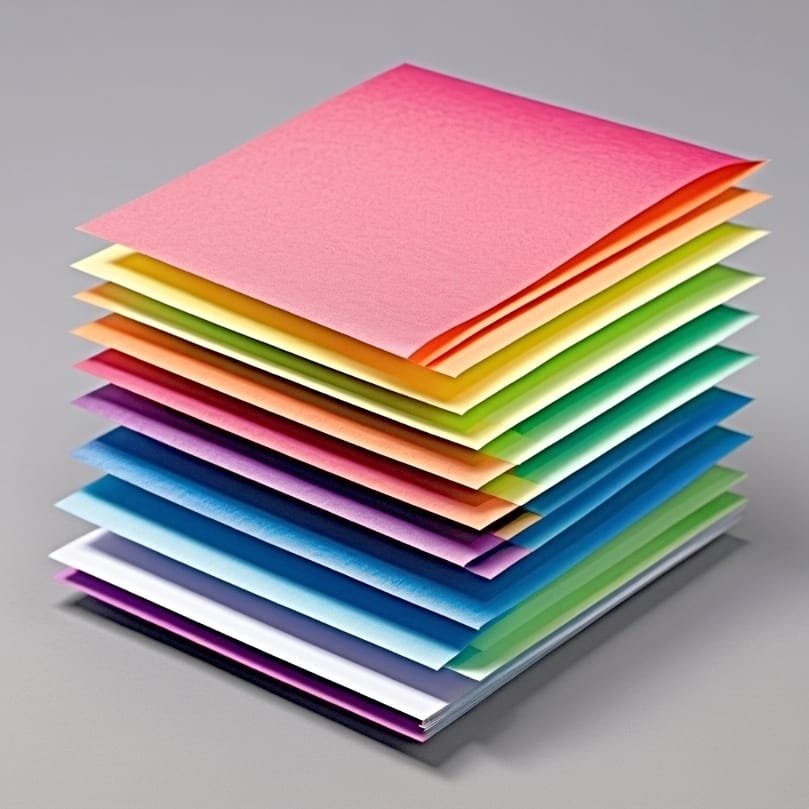
In summary, sublimation ink provides a balance of durability and high-quality vibrant prints when used correctly. By choosing high-quality inks and printers, following proper storage and usage guidelines, and troubleshooting common issues, you can significantly extend the lifespan of your sublimation ink and prints. So, whether you’re a hobbyist or a professional, embracing these practices will ensure your sublimation prints stand the test of time and continue to impress with their vibrancy and detail.
Frequently Asked Questions
How long does sublimation printing last?
Sublimation printing lasts for a lifetime because the dyes become embedded in the fabric fibers, resulting in a permanent print. This ensures that the design will not crack or peel over time.
How many washes do sublimation shirts last?
Sublimation shirts can last as many wash cycles as the shirt itself if you use a mostly polyester shirt and follow proper care tips.
How long can a sublimation printer sit unused?
You should never leave your inkjet sublimation printer unused for an extended period of time. The length of time varies based on your environment, but it’s recommended to run a nozzle check periodically to keep the ink flowing (2022).
What is the shelf life of Epson sublimation ink?
Epson sublimation inks have a shelf life of up to 2 years when unopened. Just make sure to check the expiration date before use.
How can I extend the lifespan of my sublimation ink?
To extend the lifespan of your sublimation ink, choose high-quality inks, follow proper storage and usage guidelines, and perform regular printer maintenance. These practices help maintain the quality and longevity of your ink.
References
- Commercial processes – Textile-based materials – AQA – GCSE Design and Technology Revision – AQA – BBC Bitesize. (n.d.). https://www.bbc.co.uk/bitesize/guides/zjc3rwx/revision/9
- Facebook. (n.d.). https://www.facebook.com/bbcnews/posts/a-study-has-found-branded-printer-ink-remains-staggeringly-more-expensive-than-t/10158917469057217/
- Yu, J. (2012, October 4). How to buy a printer. CNET. https://www.cnet.com/tech/computing/printer-buying-guide/

